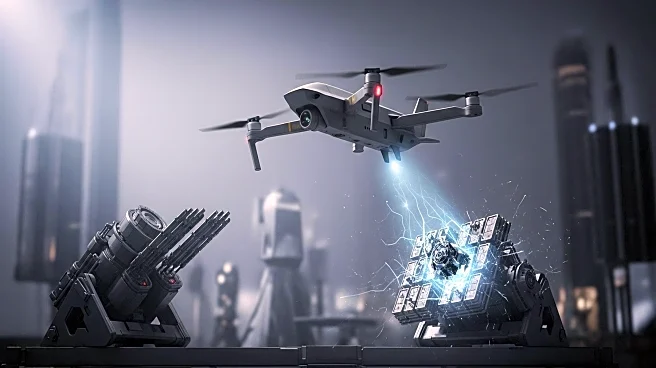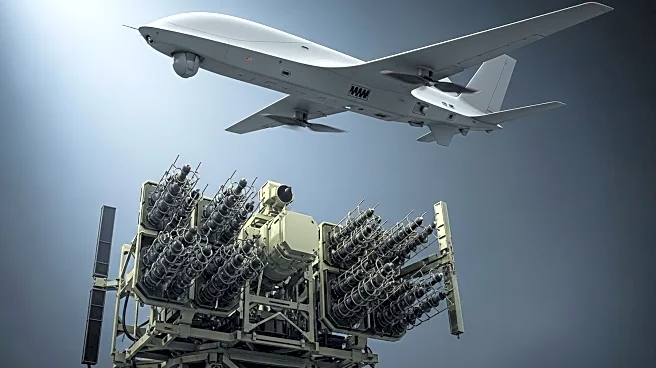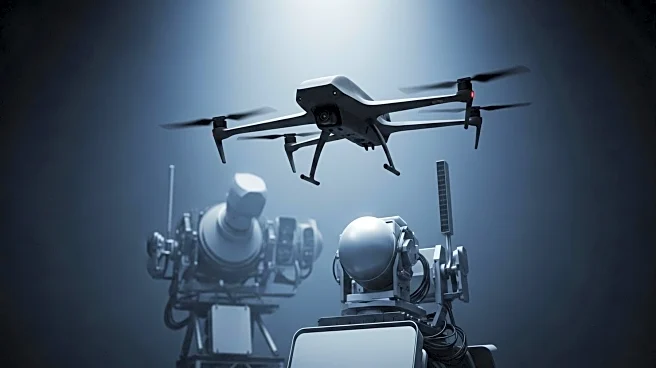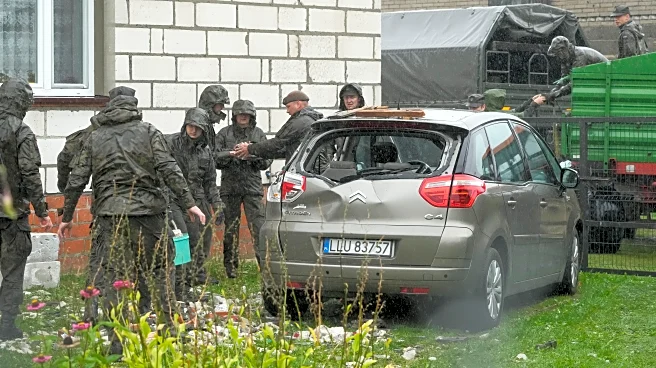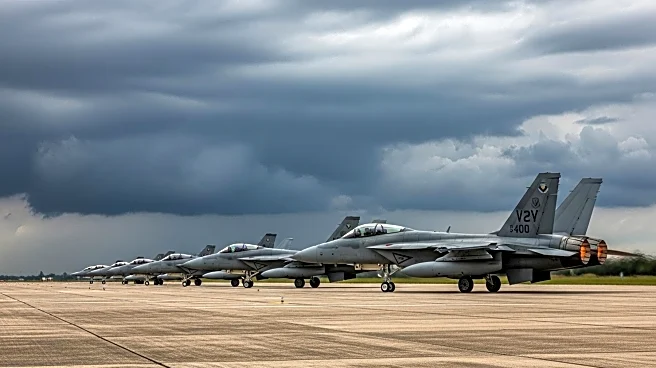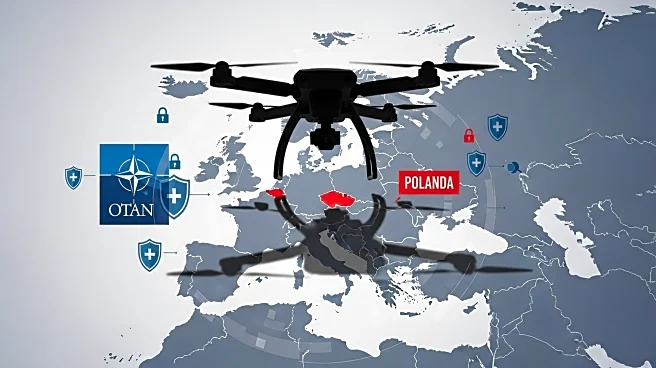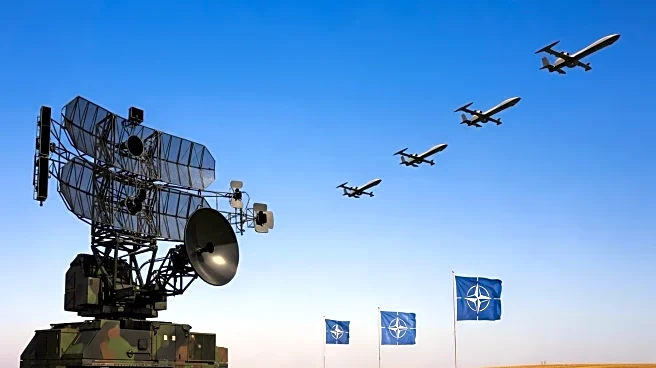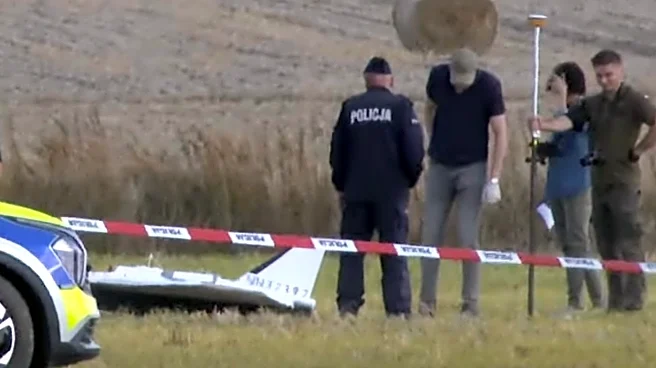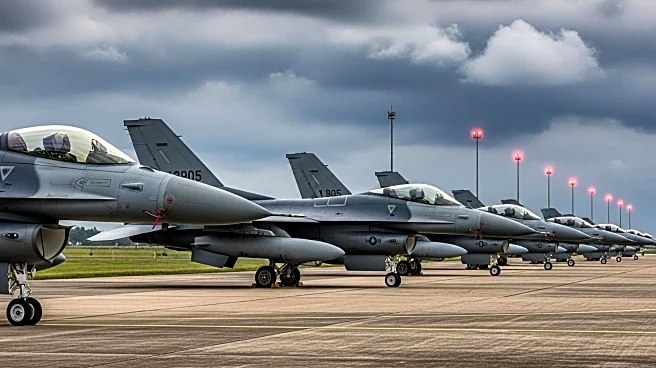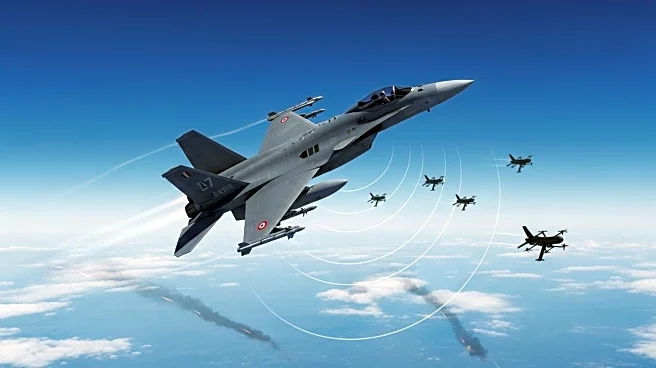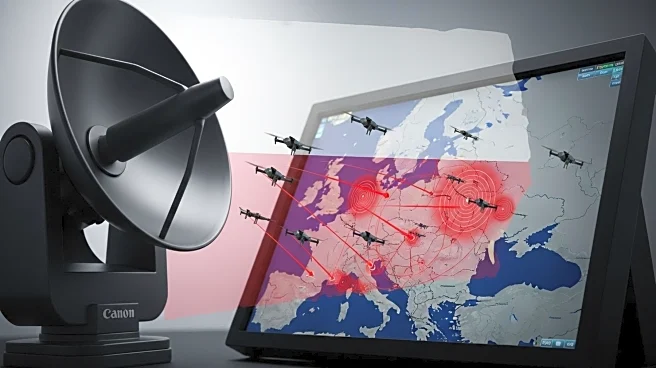What's Happening?
NATO experienced its first drone battle when Russian drones violated Polish airspace, prompting a military response involving fighter jets and air defense systems. Polish authorities reported 19 airspace violations, leading to the downing of several drones with NATO's assistance. The incident exposed vulnerabilities in NATO's defense against drone warfare, as the alliance scrambled million-dollar jets to counter relatively inexpensive drones. The incursions raised suspicions about Russia's intent, with experts suggesting the possibility of deliberate testing of NATO's response capabilities.
Why It's Important?
The drone battle highlights the growing threat of drone warfare and the challenges it poses to traditional military defense systems. NATO's response, involving costly military assets, underscores the need for more efficient and economical strategies to counter drone threats. The incident may prompt NATO to reevaluate its defense capabilities and invest in technologies specifically designed to detect and neutralize drones. The situation also raises concerns about the potential for future escalations and the need for coordinated international efforts to address drone warfare.
What's Next?
NATO may consider enhancing its air defense systems and developing new technologies to better detect and respond to drone incursions. The alliance could also explore diplomatic measures to address the issue and prevent further violations of member states' airspace. The incident may lead to increased collaboration among NATO members to share intelligence and resources in countering drone threats. Additionally, discussions on the economic implications of using high-cost military assets against low-cost drones may influence future defense spending and strategy.
